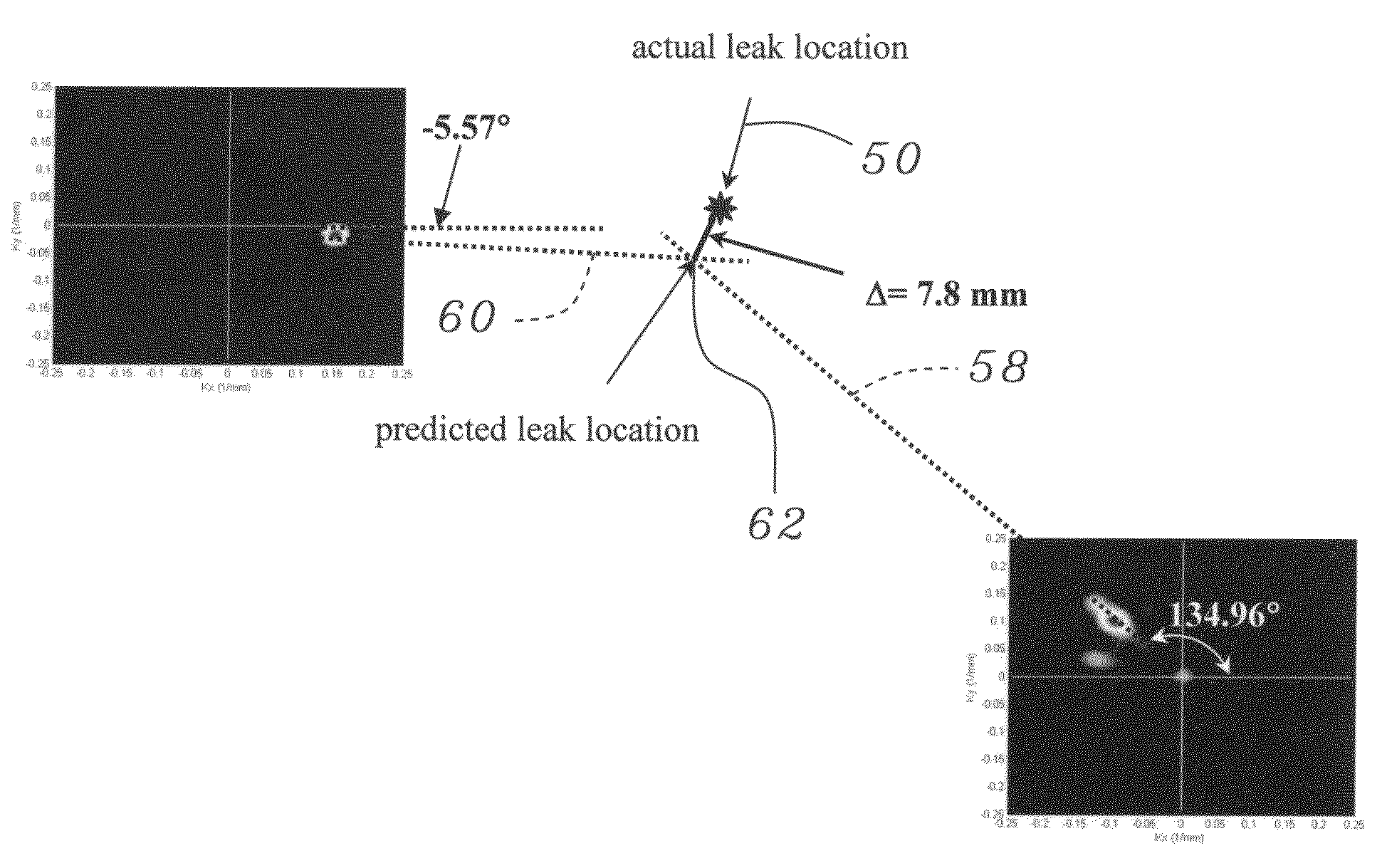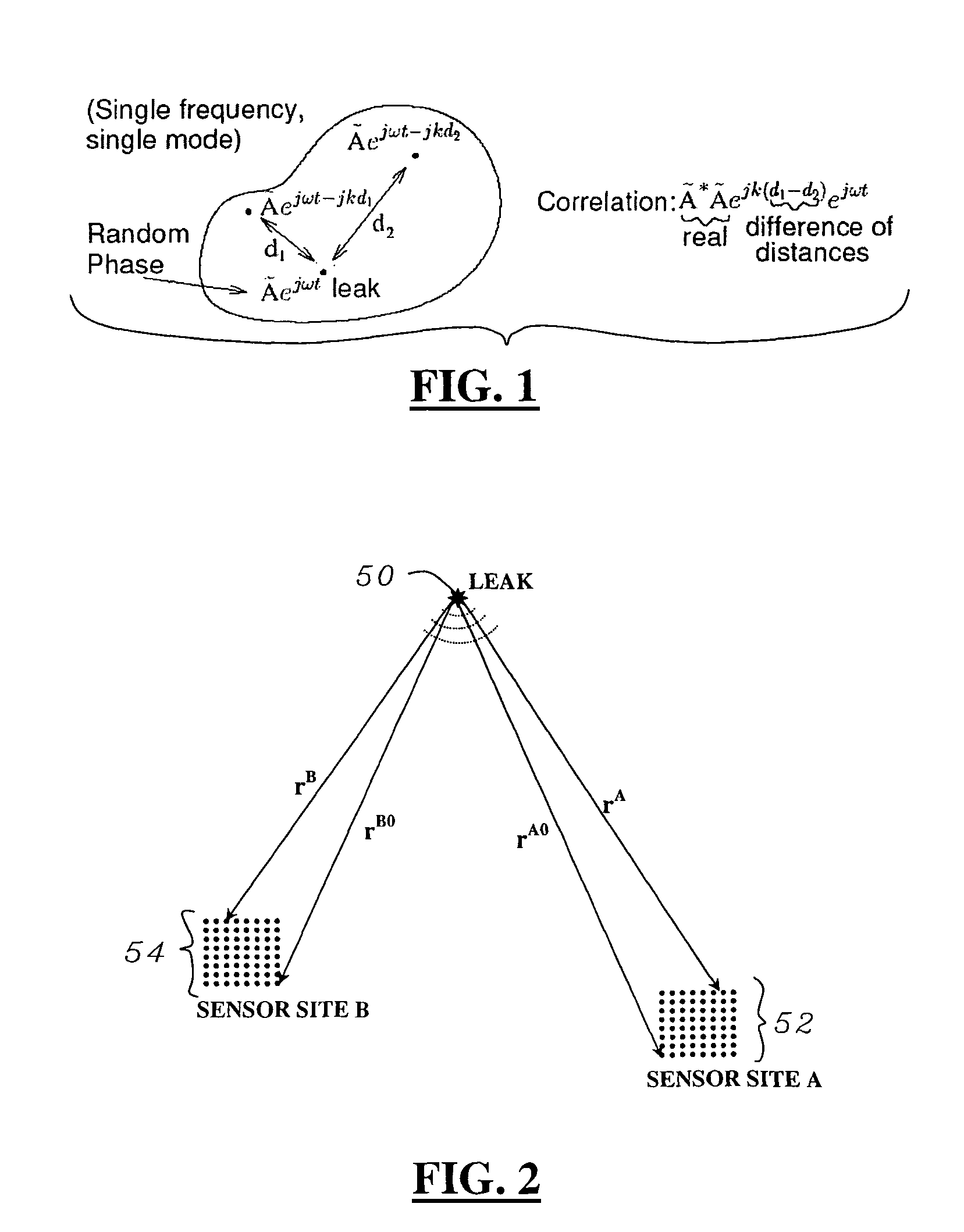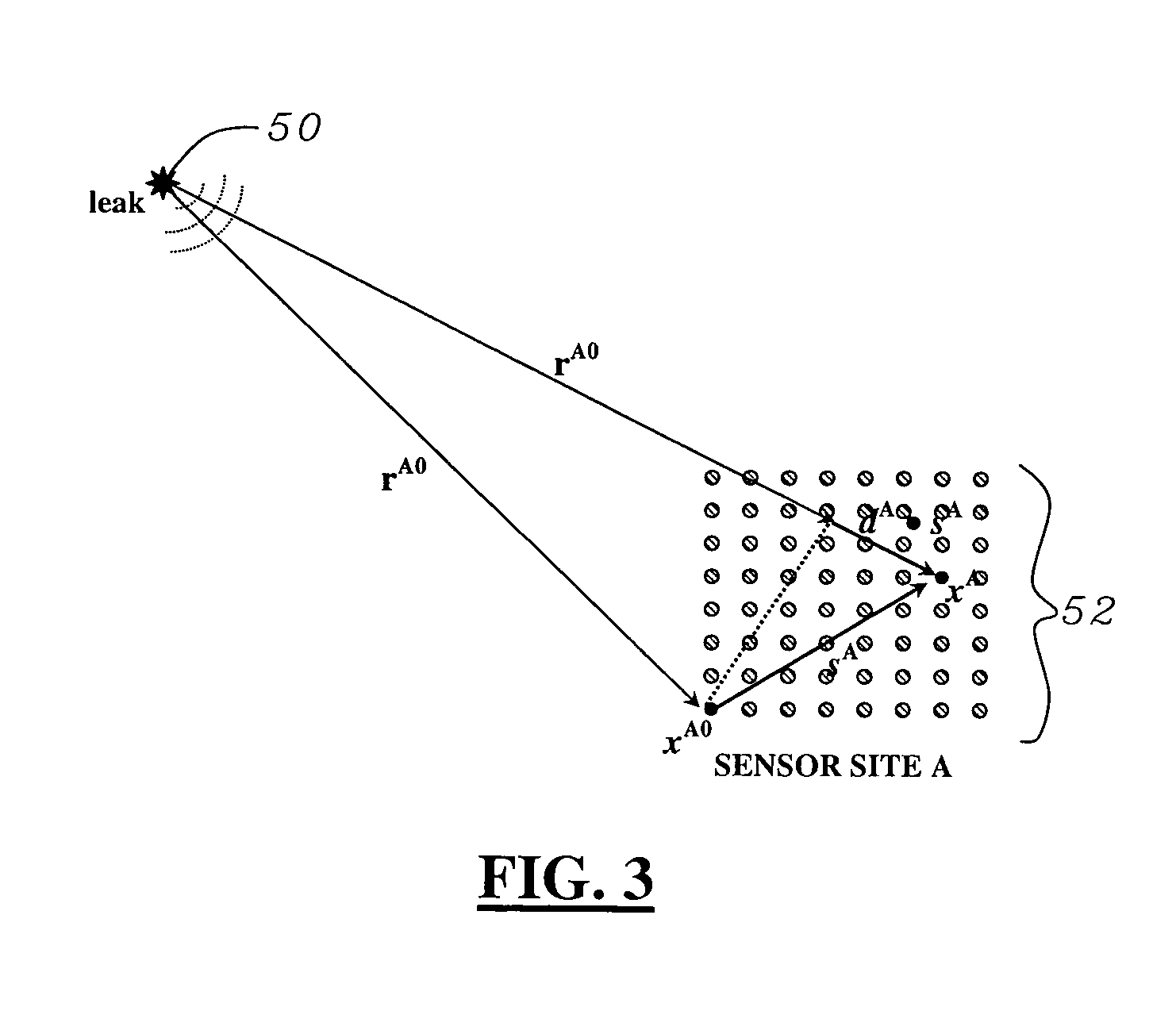It has been well known for a long time that orbital objects, such as meteoroids and
space debris, are among the serious, but inevitable, threats to spacecraft intended for prolonged habitation.
The strikes of small objects between 0.10 and 10.0 mm cannot, however, be avoided using the current devices.
Furthermore, because the objects strike the spacecraft at high speeds, up to 10 to 15 km / s [3], even
small particles in the size range of 1 mm could result in penetration of the
pressure vessel and subsequent loss of air.
Clearly, there will a higher probability of collisions with smaller objects if
space exploration includes trips with longer operational times.
In particular, the impacts of small objects cause air leaks when they strike a pressurized module on the ISS.
As reported by NASA in January 2004 [9], parts of the ISS were nearly closed off for three weeks due to the air leaks.
Although the size of the
air leak was too small to endanger the
crew and mission immediately, it was a time-consuming process to find and seal the leaks.
However, regardless of size of the air leaks, the detection and location of air leaks is a very difficult and time-consuming process because the size of an ISS module and the complexity of its construction.
The
crew cannot inspect the entire series of modules immediately.
In addition, the
ultrasound noise generated by escaping air at
supersonic speed from small holes into the vacuum of space is not audible or detectable inside the ISS because of the nature of the leaks.
The process involves very inefficient and time-consuming tasks, where the
crew monitors the
pressure difference while sequentially closing each hatch.
Because it is not easy to discern very small pressure differences, the isolation process still does not reduce the
leak detection time and risk of the crew's safety.
So, the crew must stop all the venting systems in a suspicious module to find air-leaks, and this action could cause more serious problems.
In addition, pinpointing a leak location is not possible because the sensors are designed only to localize leaking to a specific module losing a measurable amount of air, and not to find its
exact location within the module.
In the lab test, the sensor can detect the airborne
noise in air escaping from a surgical needle at a distance of approximately 5 m. However, due to the nature of its working principle, it is not an efficient
detector or locator of leaks inside a module.
Instead, the crew must use the sensor outside of the module, an extremely time-consuming and often dangerous activity.
However, the detectable zone is very small and restricted so that it is not a fully functional sensor to locate air leaks on a large-
scale space station.
This method, however, is based on the same principle as most of the other industrial leak detectors, and is also not efficient for locating air leaks on the ISS because it was originally designed to detect leaks from pressurized vessels, where air is escaping into an atmospheric environment of 1 bar from a pressurized vessel at a pressure of at least 1 bar gage, or 2 bar absolute.
Although this
detector is not designed to find the
exact location of air leaks on the ISS, it provides the crew with valuable information when they are tracking down suspicious leak locations.
When air leaks occur, the vent thrust generates a small torque on the space
station.
The time
delay corresponds to the distance between the sensors and the leak source.
However, the results of the cross correlation do not clearly show a
large peak.
Although a simple cross
correlation method is marginally capable of locating the leaks, it provides unambiguous indications of a leak only if it satisfies the simplified assumption of a single mode of propagation with a non-dispersive (or frequency-independent)
wave speed.
In a
dispersive medium, the structure-borne
noise propagates with a different velocity at every frequency so that the cross correlation technique is not suitable to adequately provide an
exact location of the leak source.
The method provides much poorer results as the received signals become more dispersive.
Furthermore, the effect of the dispersion becomes more serious as the distance between the sensors at remote locations and the leak source increases.
As a result, the cross correlation technique is not a viable option to locate leaks in dispersive media or structures.
 Login to View More
Login to View More  Login to View More
Login to View More 


